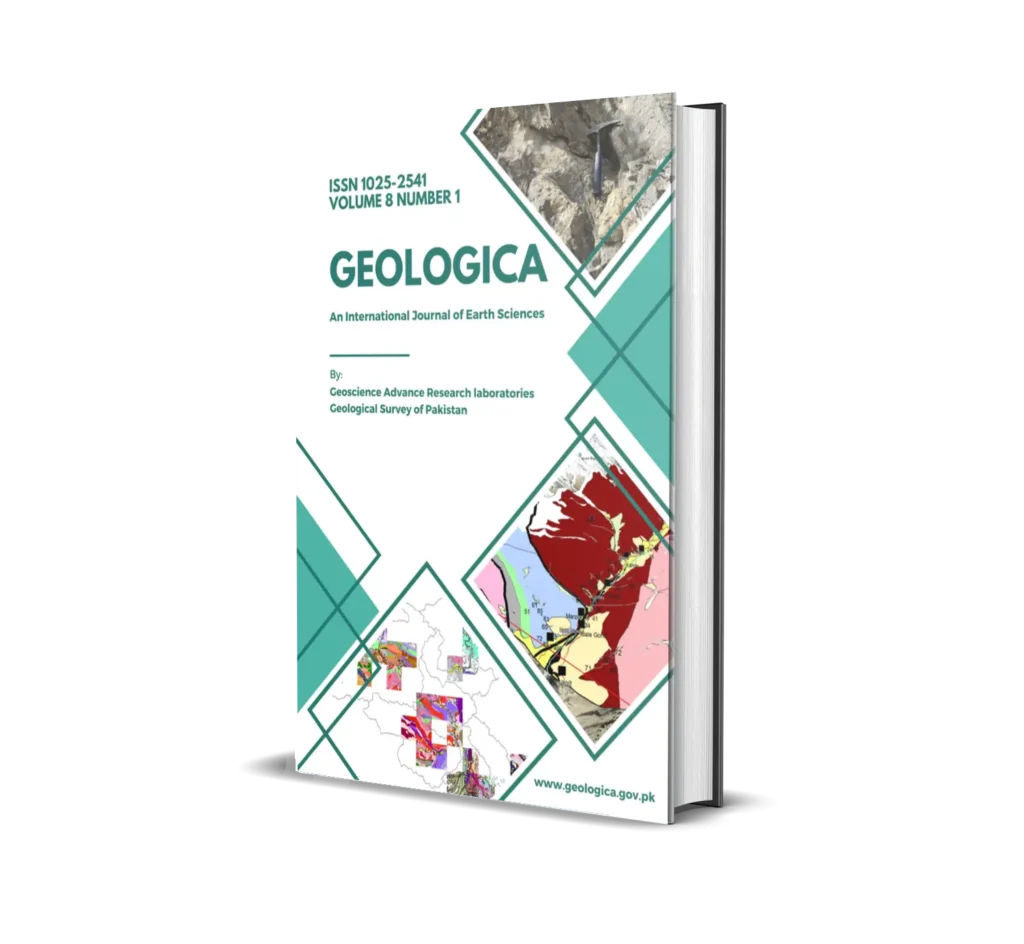ABSTRACT
The Chagai porphyry Cu belt in Pakistan is an important metallogenic terrain for porphyry Cu-Au deposits extending approximately 300km in east-west direction. Most of the known porphyry Cu deposits, such as the Saindak deposit and the world-class Reko Diq deposit, are located in the western Chagai belt. In this study the ZY1-02D hyperspectral data, acquired by recently launched space borne imaging spectrometer with 166 bands within 0.4-2.5μm spectral region, was used to map mineral information over an area of ~8,000 km2 for exploring potential targets of porphyry Cu mineralization in the western Chagai belt. False color composite, spectral angle mapper and wavelength position mapping methods were used in this research leading to the identification of a series of alteration minerals (including sericite, kaolinite, alunite, epidote, chlorite and calcite) from ZY1-02D data. The alteration mineral maps derived from ZY1-02D data match well with the known deposits and field inspections. 23 new targets were identified as potential porphyry Cu mineralization targets for further exploration in the study area. Three targets, north of Saindak, Koh-i-Sultan and Durban Chah, were inspected in the field and Cu-Au mineralization was confirmed in all the three areas. As the ZY1-02D hyperspectral data covers most of the land area of the earth, this study provides new insights for mineral exploration and lithologic mapping in remote regions.
KEYWORDS: Porphyry copper gold deposits, alteration mapping, hyperspectral, Chagai





